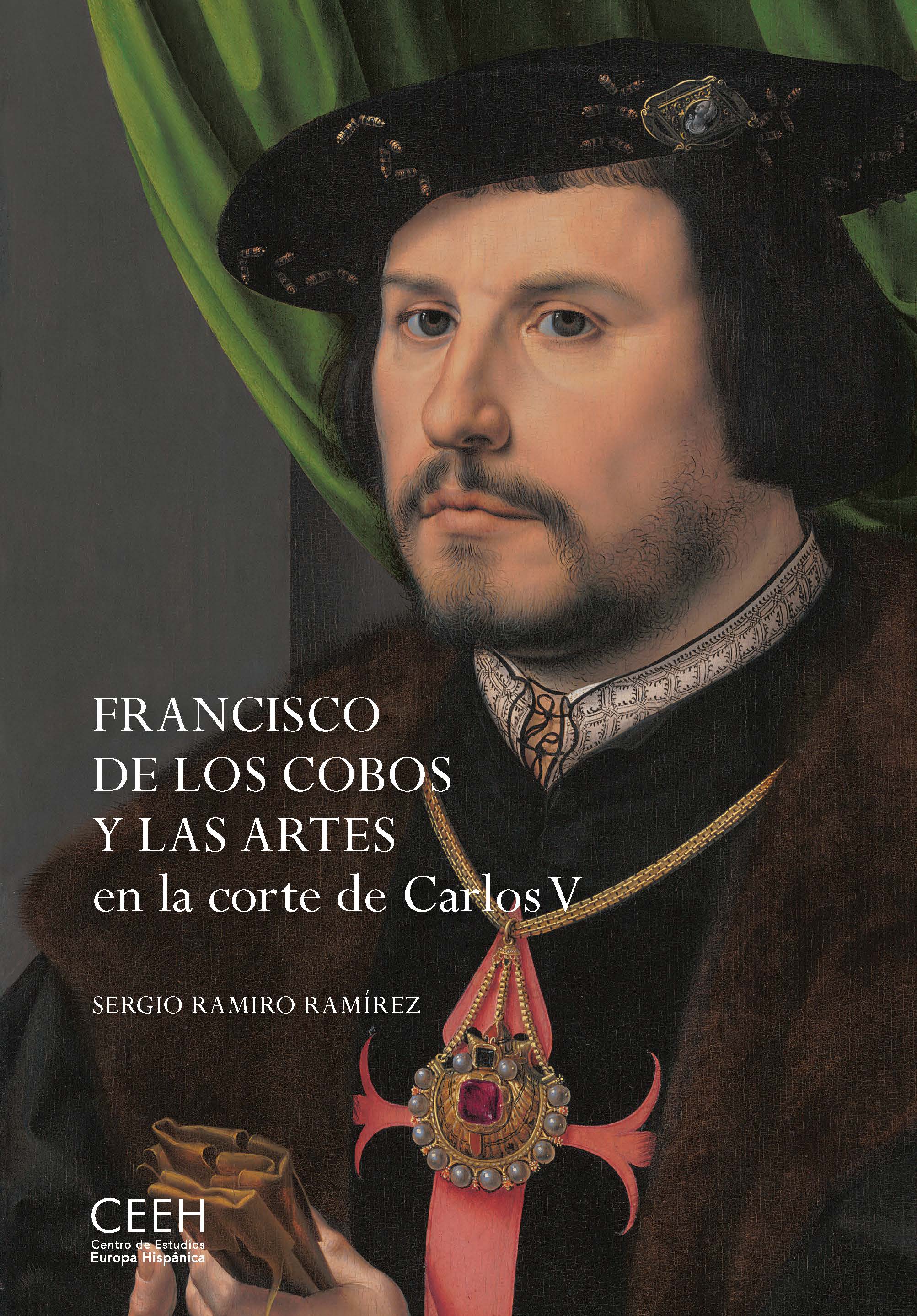Author
Sergio Ramiro Ramírez
Characteristics
464 pages; 102 color illustrations; flapped paperback; 17 x 24 cm
Publication
Spanish; 2021
ISBN
978-84-18760-01-3
Price
€33,66
Buy on our site and save 5% on this book until April 30
(coupon code: DÍA DEL LIBRO)
Francisco de los Cobos y Molina (c. 1485/87−1547), advisor to Emperor Charles V, was a remarkable figure on account of his wealth and influential political position. In a period marked by intense political and social changes, he successively used the representational capacity of architecture and the display of luxurious objects as effective strategies for achieving social ascent, gaining acceptance from the aristocracy, and establishing a noble bloodline. Through his actions he enriched Spain’s sixteenth-century art scene, attracting masters such as Sebastiano del Piombo, Titian, Michelangelo and Alonso Berruguete.
This book examines the relationship between patron and artists, identifies cultural exchanges with other European courts such as those of Italy, Flanders and England, and reconstructs the movement of artworks as a result of the trade in luxury goods and international diplomacy. Cobos’s activity constituted a singular discourse for shaping an ideal model of the person in power, but it also provided a service to the monarchy, whose image – public influence, pomp and splendour, palaces, royal sites – the imperial secretary played a highly significant role in shaping. This study likewise opens up new avenues for understanding the representative and political function of artworks at the Spanish court during the first half of the 1500s.
Sergio Ramiro Ramírez, who holds a doctorate in Art History from the Universidad Complutense in Madrid, is Ramón y Cajal postdoctoral research fellow at the Instituto de Historia of the Consejo Superior de Investigaciones Científicas (CSIC). His lines of research are centred on the political use of art at the courts of Charles V and Philip II, women’s artistic agency, and cultural exchanges between Italy, Central Europe and Spain during the Early Modern Age.

